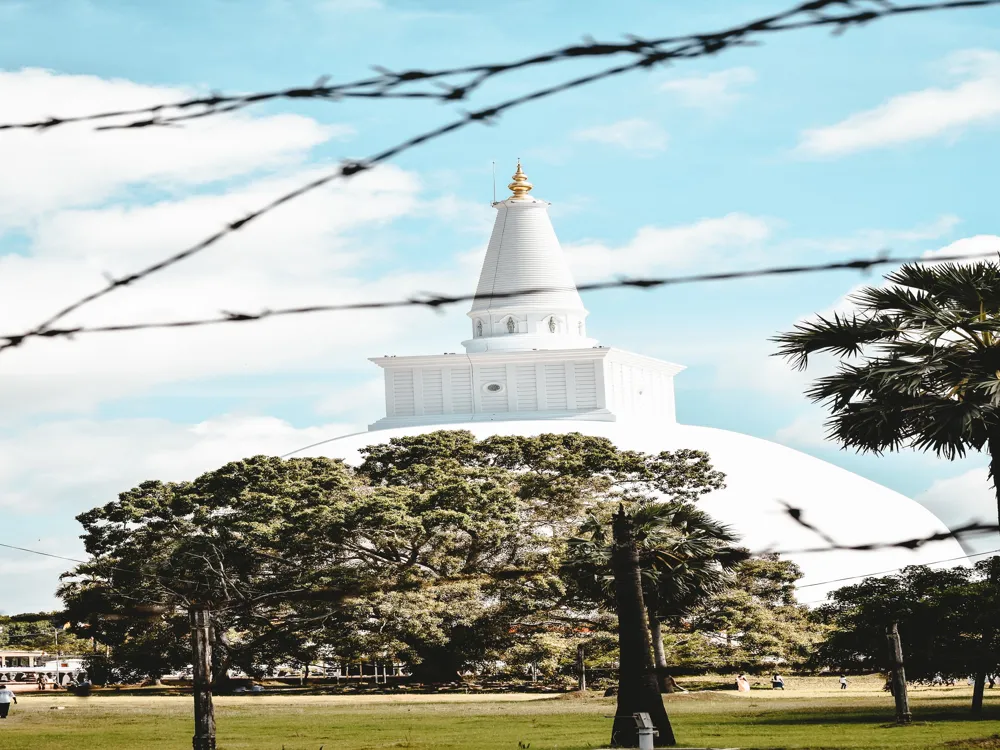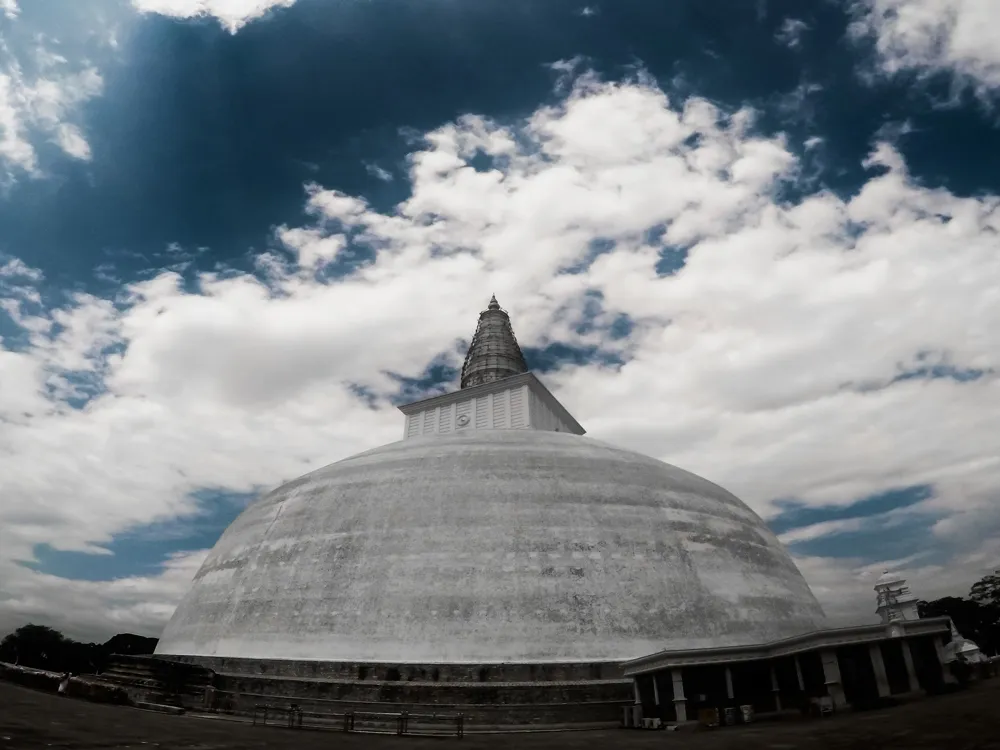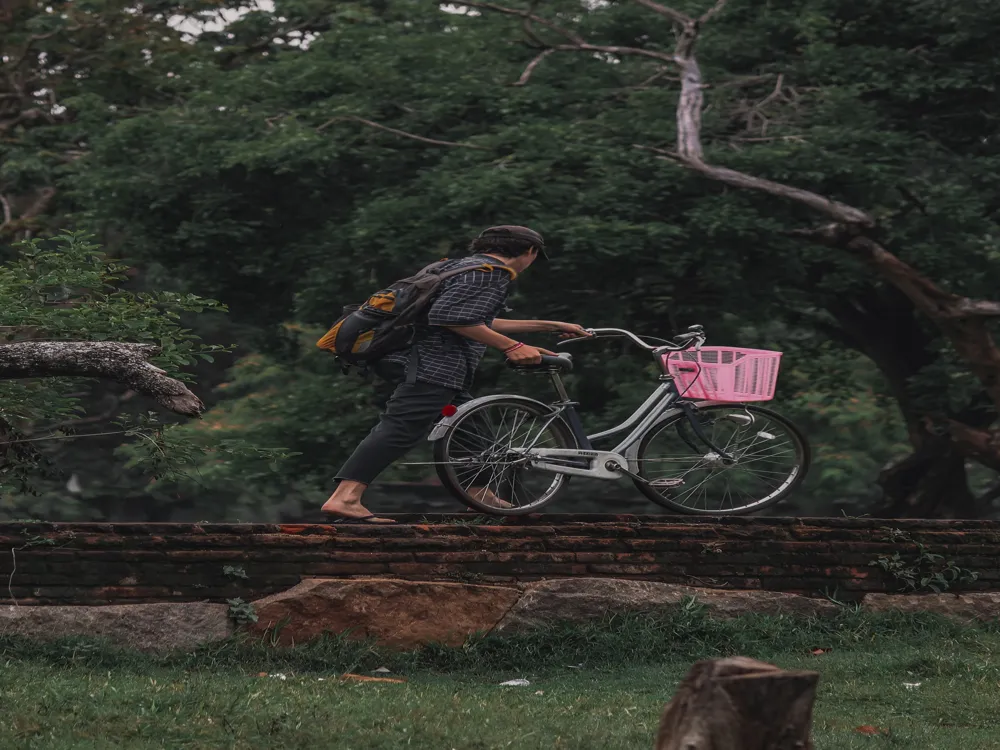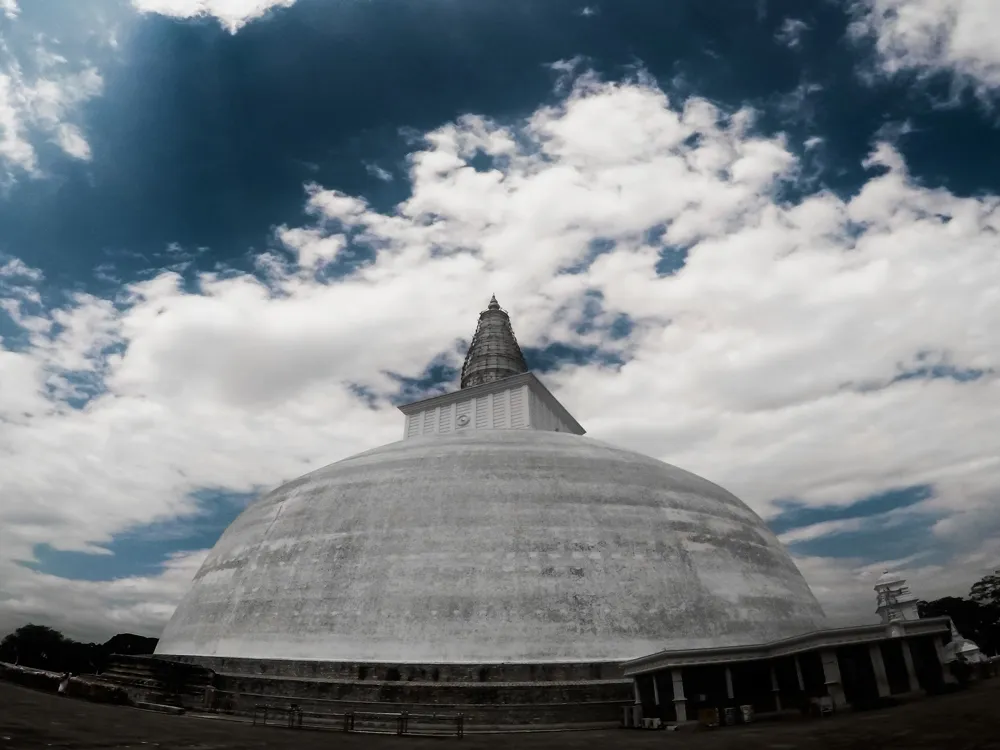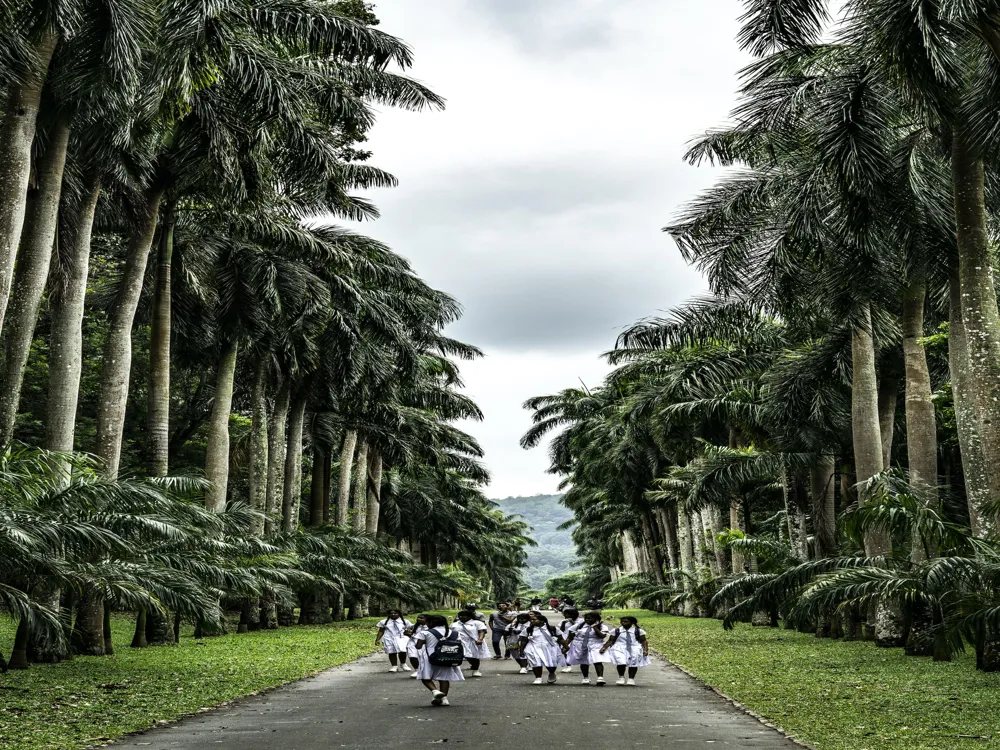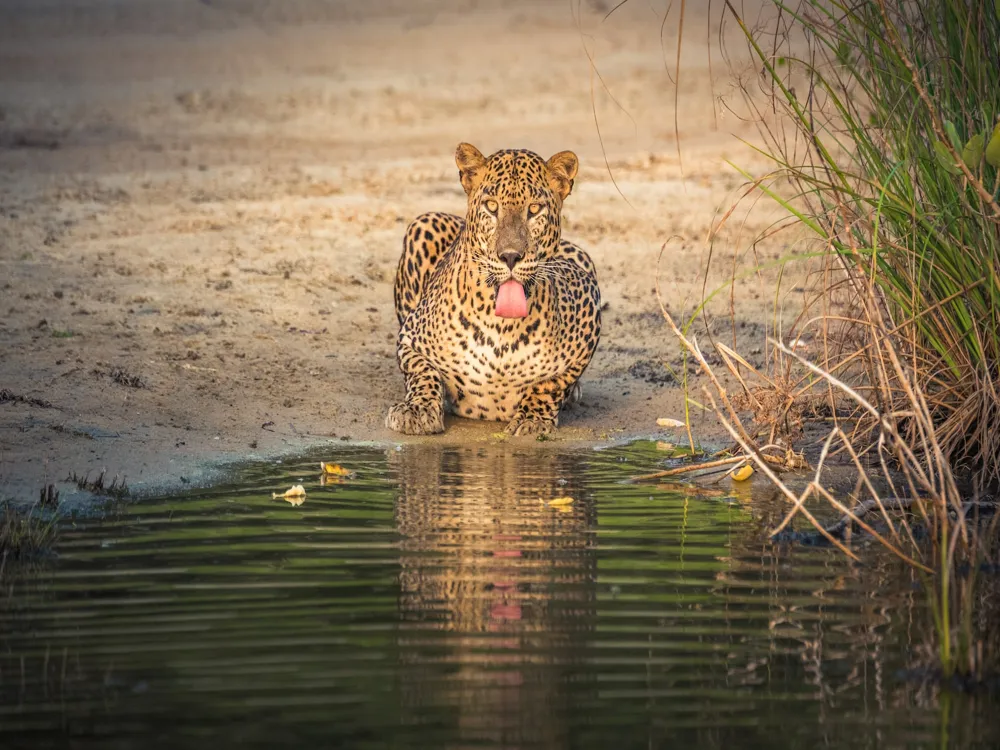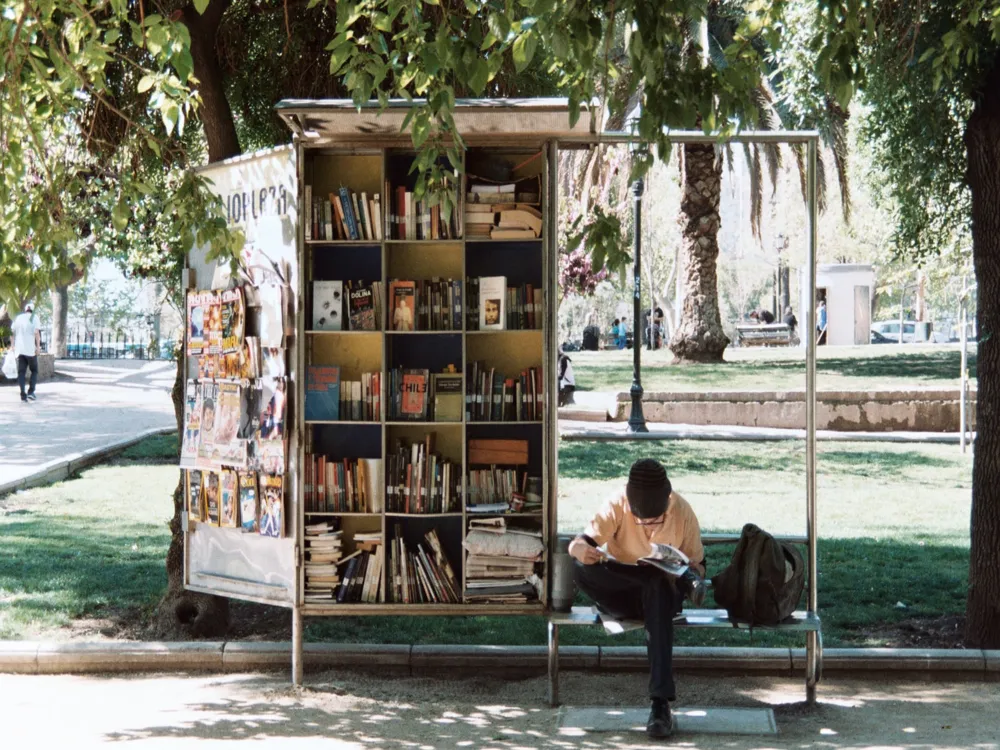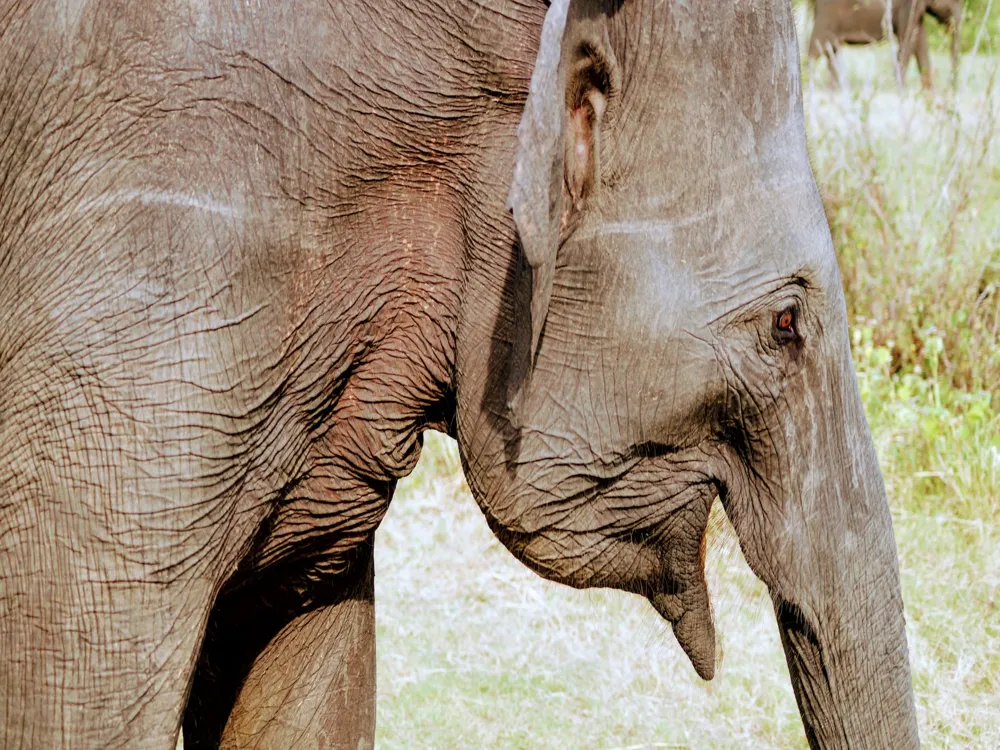The Samadhi Buddha Statue, nestled in the historic city of Anuradhapura in Sri Lanka, is a revered icon that exemplifies Buddhist art and its deep-rooted history. This remarkable statue dates back to the 4th century AD, during the flourishing period of the Anuradhapura Kingdom. Crafted with meticulous detail, the statue is a representation of the Buddha in deep meditation, or 'Samadhi'. Standing at a height of approximately 7 feet, it is carved out of dolomite marble and exudes a sense of serene divinity. The Samadhi posture, depicted by the position of the hands in the Dhyana Mudra, symbolizes the concentration of the Good Law and the Sangha, the community of monks. The statue's unique expression of calm, with half-closed eyes and a gentle smile, portrays a transcendental state, symbolizing spiritual enlightenment and detachment from the material world. The intricate carving of the robe, draped over the left shoulder, leaving the right shoulder bare, is a testament to the skill and artistry of the ancient sculptors. This level of detail extends to the curls on the head, which are not just artistically impressive but also carry symbolic significance in Buddhist iconography. The Samadhi Buddha Statue is not just an artistic masterpiece but also a symbol of the spiritual essence of Buddhism. It has been an inspiration for generations of Buddhist followers and continues to attract scholars, historians, and tourists from around the world. Its significance extends beyond the religious context, offering insights into the cultural and historical dimensions of ancient Sri Lanka. The statue's remarkable preservation over centuries stands as a testament to the enduring legacy of the Anuradhapura period and its contributions to Buddhist art and architecture. The architecture of the Samadhi Buddha Statue is a marvel of the ancient world, reflecting the profound understanding of aesthetics, symmetry, and spiritual symbolism by its creators. The statue, carved out of a single block of dolomite marble, embodies the principles of balance and harmony that are central to Buddhist philosophy. The proportion and scale of the statue adhere to specific canonical measurements, known as the 'Tathagata Lakshana', which dictate the ideal proportions of a Buddha image. The Samadhi posture itself is significant in Buddhist architecture. It represents the Buddha in meditation, with legs crossed in a lotus position, and the hands resting on the lap in Dhyana Mudra. This posture is associated with the Buddha's attainment of enlightenment under the Bodhi tree. The statue's facial expression is one of deep contemplation and inner peace, which is achieved through the masterful carving of the eyes, nose, and lips, creating an expression that is both serene and enigmatic. Furthermore, the intricate detailing of the Buddha's robe, with realistic folds and drapes, showcases the skill of the sculptors in capturing the fluidity and lightness of fabric in stone. The robe, covering one shoulder while leaving the other bare, adheres to the monastic tradition. This detail, along with the finely carved curls of hair, adds to the lifelike quality of the statue, bridging the gap between divine representation and human form. The architectural significance of the Samadhi Buddha Statue extends to its surroundings. The statue is located in a peaceful setting, surrounded by remnants of ancient monasteries and structures that complement its spiritual ambiance. This setting plays a vital role in enhancing the meditative experience for visitors and faithful alike. Visitors are advised to dress modestly, covering shoulders and legs, as a sign of respect to the sacred nature of the site. Photography is allowed, but it is recommended to be mindful and respectful, avoiding loud noises or disruptive behavior. Opting for a guided tour can provide insightful historical and cultural context to the experience. Early morning or late afternoon offers a more peaceful experience and softer lighting for photography. Visitors should be aware of cultural norms, such as removing shoes before entering the temple area and not turning one's back to the statue when taking photos. The Samadhi Buddha Statue is located in the ancient city of Anuradhapura, which is accessible by various means of transportation. For international visitors, the nearest airport is the Bandaranaike International Airport in Colombo. From there, one can take a taxi, bus, or rent a car to reach Anuradhapura, which is approximately a 4-hour drive away. Inside Anuradhapura, the statue is situated within the Mahamevnāwa Park, and local transport such as tuk-tuks can be used to reach the site. Additionally, Sri Lanka's railway network offers a scenic and affordable option to travel from Colombo or other major cities to Anuradhapura. Read More:Overview of the Samadhi Buddha Statue of Anuradhapura
Architecture of the Samadhi Buddha Statue
Tips When Visiting the Samadhi Buddha Statue
Dress Code
Photography
Guided Tours
Best Time to Visit
Cultural Sensitivity
How To Reach the Samadhi Buddha Statue
Samadhi Buddha Statue
Anuradhapura
₹ 21,999 onwards
View anuradhapura Packages
Weather :
Tags : Buddhist Temple
Timings : 6:00 AM - 9:00 PM
Time Required : December - April
Planning a Trip? Ask Your Question
Anuradhapura Travel Packages
View All Packages For Anuradhapura
Top Hotel Collections for Anuradhapura

Private Pool

Luxury Hotels

5-Star Hotels

Pet Friendly
Top Hotels Near Anuradhapura
Other Top Ranking Places In Anuradhapura
View All Places To Visit In anuradhapura
Faq on Anuradhapura
What is the Samadhi Buddha Statue?
The Samadhi Buddha Statue is a renowned ancient sculpture located in Anuradhapura, Sri Lanka. It represents the Buddha in a state of deep meditation, or "Samadhi," and is celebrated for its remarkable craftsmanship and serene expression.
Where is the Samadhi Buddha Statue located?
The statue is located in Mahamevnāwa Park in Anuradhapura, Sri Lanka, which was once the center of Theravada Buddhism and the capital of the Sinhalese Kingdom.
How old is the Samadhi Buddha Statue?
The statue dates back to the 4th century AD, making it over 1,600 years old. It is a prime example of the skillful work of ancient Sri Lankan artisans.
What material is the Samadhi Buddha Statue made of?
The statue is carved out of dolomite marble, which has contributed to its preservation and the fine detailing visible on the statue.
What does the Samadhi Buddha Statue represent?
The statue represents the Buddha in a state of deep meditation, embodying perfect balance, serenity, and enlightenment. It is a symbol of peace, concentration, and the attainment of Nirvana.
View anuradhapura Packages
Weather :
Tags : Buddhist Temple
Timings : 6:00 AM - 9:00 PM
Time Required : December - April
Planning a Trip? Ask Your Question
Anuradhapura Travel Packages
View All Packages For Anuradhapura
Top Hotel Collections for Anuradhapura

Private Pool

Luxury Hotels

5-Star Hotels

Pet Friendly
Top Hotels Near Anuradhapura
Other Top Ranking Places In Anuradhapura
Faq on Anuradhapura
What is the Samadhi Buddha Statue?
The Samadhi Buddha Statue is a renowned ancient sculpture located in Anuradhapura, Sri Lanka. It represents the Buddha in a state of deep meditation, or "Samadhi," and is celebrated for its remarkable craftsmanship and serene expression.
Where is the Samadhi Buddha Statue located?
The statue is located in Mahamevnāwa Park in Anuradhapura, Sri Lanka, which was once the center of Theravada Buddhism and the capital of the Sinhalese Kingdom.
How old is the Samadhi Buddha Statue?
The statue dates back to the 4th century AD, making it over 1,600 years old. It is a prime example of the skillful work of ancient Sri Lankan artisans.
What material is the Samadhi Buddha Statue made of?
The statue is carved out of dolomite marble, which has contributed to its preservation and the fine detailing visible on the statue.
What does the Samadhi Buddha Statue represent?
The statue represents the Buddha in a state of deep meditation, embodying perfect balance, serenity, and enlightenment. It is a symbol of peace, concentration, and the attainment of Nirvana.







